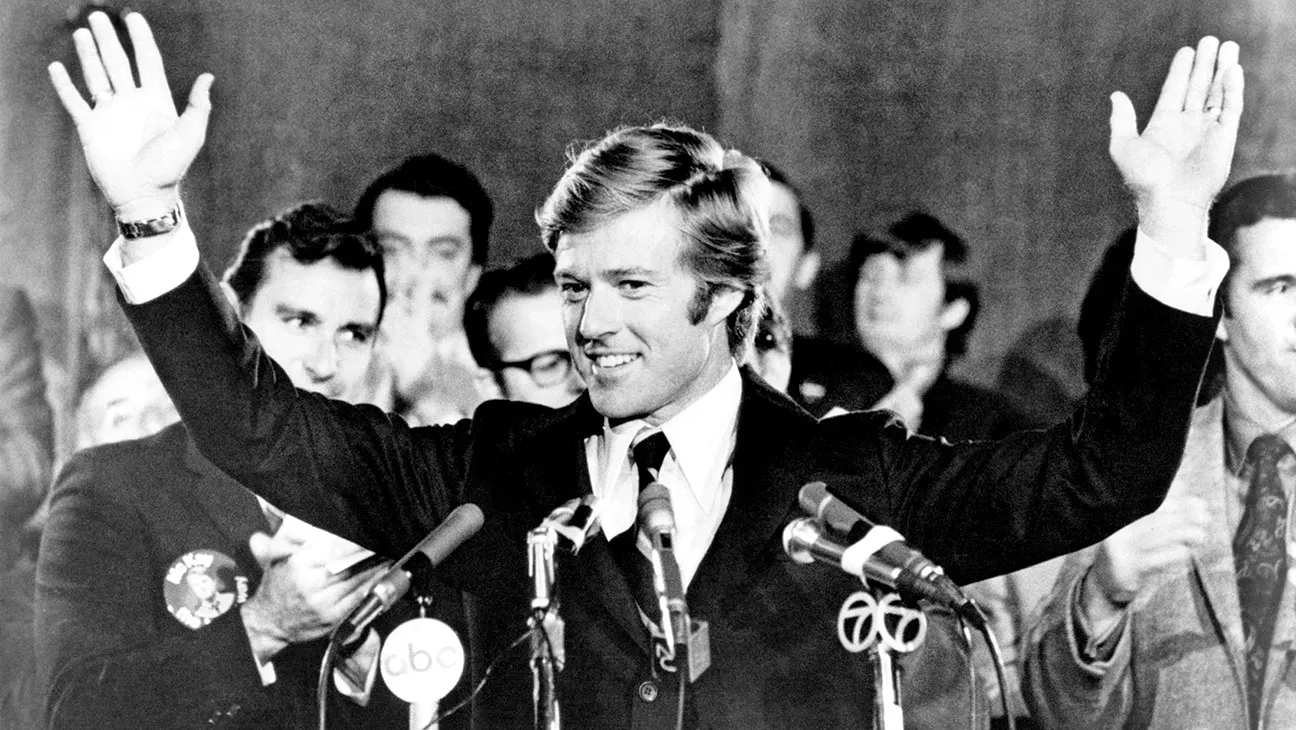
Every business decision reflects a value system, even if it’s not named outright. When sales drop, do you cut costs or beef up your sales team once you’ve confirmed your sales strategy still works? That choice reveals where you put your weight, i.e., what you prioritize when resources are constrained but the company still has room to maneuver.
For me, the answer is to invest in the right people. However, some organizations make the choice of never calling out which approach is driving their decision-making.
Instead of making a strategic choice, these companies operate from unnamed assumptions. This leaves their leaders in a precarious situation. When a crisis hits, some choose security while others choose growth, creating confusion and conflict. That is a value killer.
It’s people who create value, however you define it — be it profit, revenue, standards or culture — and the leader’s job is to give them the clarity they need to align their roles with organizational goals. So here is how to bring those values to the surface to create space for principled decisions, even when the right path isn’t easy or perfect.
Related: Why Profits Over People Is Destined to Fail
The cost of unnamed priorities
Decision-making can be a good gauge of how well an organization is aligning its priorities. The bigger the company, the higher the cost of people pulling in different directions. McKinsey found that fewer than half of the 1,200 global business leaders it surveyed described their decisions as timely, and many of their decision-making processes were ineffective.
Decision paralysis does not afflict companies because they lack data like sales, profit and headcount, but because they haven’t named their values or aligned their value within the company as part of their culture. When priorities aren’t explicit, people judge each other’s actions through their own value lens. Then they get frustrated when the other party is doing it differently.
There are exceptions. When survival is at stake due to looming bankruptcy or market crashes, the scope of decision-making narrows and cost-cutting becomes unavoidable. However, in most downturns, I have to align the whole team on what we should do. It’s then that I prioritize people over short-term profit concerns, not because I ignore financial results, but because empowered people build sustainable businesses over time.
When values clash
The tension between people and profit isn’t theoretical — it’s a lived reality on a daily basis. Corporate culture is basically an aligned value system that needs to be called out so everyone follows it to maximize effectiveness.
We need to see value systems not as obstacles, but as guiding forces. They help reveal what matters most when trade-offs feel murky. Think about these clashes of values, which companies of different sizes may face without clear priorities:
Speed vs. quality: Do you ship fast or perfect the product before going to market?
Innovation vs. efficiency: Explore new markets or optimize current operations?
Customer satisfaction vs. margins: Absorb costs to build reputation or protect profitability of the current quarter?
Centralization vs. autonomy: Head-office control or local decision-making?
Confronted with these kinds of tensions, I don’t aim to impose my values, but I also don’t believe avoiding the conversation serves anyone. Instead of choosing between competing values, the goal is to agree on the structure for how we balance them or prioritize one over the other under what conditions. Forget neutrality. Prioritizing and balancing values is not a 50-50 proposition. Instead, we first have to lean into conflict to create clarity.
Related: Holding True to Your Values Is an Essential Decision-Making Metric
Bringing values to the surface
The best approach to get everyone on the same page is practical, although perhaps sometimes uncomfortable. If I am on the management team and there’s disagreement between whether to cut costs or invest in more people, let that argument surface at the table so everyone can discuss it from their own perspective.
Cost-cutting is not necessarily anti-people. And investing in people is definitely not anti-profit for the long run. But it may feel the wrong way when decisions aren’t grounded in a shared value framework.
The safety versus speed crisis over at OpenAI showed how misaligned values can play out if leaders are divided. The board operated from OpenAI’s original nonprofit mission that put safety first, while CEO Sam Altman valued speed to market. When Altman was briefly fired in 2023, the chaos that followed — employee revolt and investor panic — put the organization at existential risk.
The resolution came only when OpenAI built a frame that let them hold both safety and innovation together. To avoid value killers like OpenAI’s one-time crisis, values need to be named explicitly. If there’s conflict over assumed values, this is your opportunity to build structures that hold them in balance.
Related: How Putting People Before Profit Fueled My Company’s Long-Term Success
Values as navigation tools
The lesson from OpenAI was that every growing organization faces moments when values seem to clash. In mission-driven companies especially, scaling brings tension between staying true to purpose and chasing market opportunities. Rather than avoiding that tension, it must be confronted.
This isn’t about moral superiority or choosing sides in some philosophical debate. The organizations that thrive are the ones that make their priorities explicit and have the agility to balance them when they appear to conflict. That’s what putting people first actually means: giving your team the clarity they need to navigate complex choices and create lasting value together.



